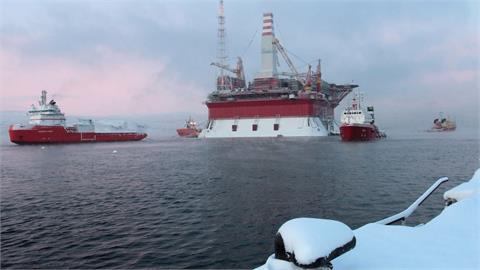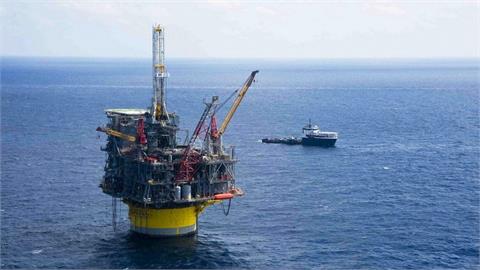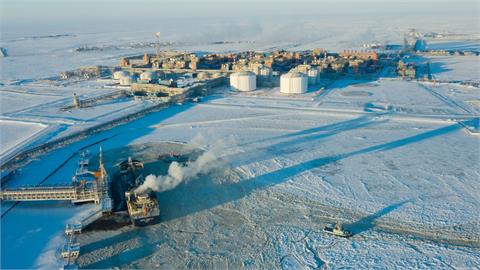Turkey is well placed and an increasingly significant hub for oil and
natural gas transit from the Middle East, Central Asia and Russia to
Europe and the Atlantic, the U.S. Energy Information Administration
(EIA) has said.
In its country analysis published in early July,
the U.S. administration emphasized Turkey has been a major transit
point for oil, and is becoming more important as a transit point for
natural gas.
On naval oil transit, Turkey’s straits, the
Bosphorus and Dardanelles, are the gateways for Russian and Caspian
crude oil to international markets.
The Turkish straits are the
sixth biggest chokepoint in the world, with 2.9 million barrels a day of
crude transiting through in 2013, according to the EIA’s World Oil
Transit Chokepoints report published in November 2014.
This
constituted 5.1 percent of the 56.5 million barrels a day of maritime
oil trade, and 3.2 percent of the 90.1 million barrels a day of world
crude oil supply in 2013.
Oil pipelines
Turkey has two oil
pipelines, one coming from Iraq to Turkey’s southeast and the other
coming from Azerbaijan, the Baku-Tbilisi-Ceyhan (BTC) pipeline.
The
Iraqi pipeline has two branches. The 620-mile (990-kilometer) pipeline
coming from the oil-rich Kirkuk province in Iraq has a capacity to carry
1.5 million barrels of crude oil per day. However, it is seldom used
due to the presence of Islamic State of Iraq and the Levant (ISIL)
militants in Iraq.
The other branch is coming from the Taq Taq
field near Arbil in northern Iraq. The 250-mile (400-kilometer) pipeline
has a daily capacity of 600,000 barrels of crude oil per day.
Although
there have been recent disputes about oil transit and budget shares
between the Kurdistan Regional Government (KRG) in northern Iraq and the
central government in Baghdad, the EIA says around 550,000 barrels of
crude oil per day on average were sent through that pipeline to Ceyhan
in southern Turkey in May.
The two lines merge near the
Turkey-Iraq border, and the crude oil is piped, and sometimes carried
via trucks, to the Ceyhan port, from where oil is shipped to
international markets.
"In 2014, the port of Ceyhan handled more
than 130,000 barrels a day of Iraqi crude oil exports and more than
650,000 barrels a day of Caspian crude oil exports, most of which were
destined for Europe,” the EIA said.
For Caspian crude, the
1,100-mile (1760-kilometer) BTC pipeline from Azerbaijan plays a
significant role. It began operating in 2006 and has a capacity to carry
1.2 million barrels of crude oil daily.
Gas routes
"Turkey is
primed to become a significant natural gas pipeline hub,” the EIA said.
"However, currently most of its natural gas pipeline connections only
bring natural gas into the country, as growing demand has left little
natural gas for export.”
The EIA explained this was a result of
Turkey’s growing economy and increasing energy demand, as the country
managed to avoid a recession which has hit most European countries.
"Since
2010, Turkey has experienced some of the fastest growth in total energy
demand among countries in the Organization for Economic Cooperation and
Development [OECD],” the EIA noted.
The Iranian gas pipeline,
also known as the Tabriz-Ankara pipeline, provides Turkey with 10
billion cubic meters (bcm) of gas per year, according to figures from
the Turkish Petroleum Pipeline Corporation, BOTAS.
Meanwhile, the
Baku-Tbilisi-Erzurum gas pipeline, known as the South Caucuses Pipeline,
carries 6.6 bcm of gas every year to Turkey.
Turkey imports around
14 bcm of natural gas per year from Russia via the Trans Balkan natural
gas pipeline through its Thrace region in the country’s northwest.
In addition, it receives 16 bcm of gas annually from Russia via the Blue Stream pipeline that runs under the Black Sea.
Meanwhile,
Turkey’s TANAP project, which is planned to become operational in 2018
with an initial capacity of 16 bcm, will carry Azeri gas through Turkey
to Greece and further into Europe. Its capacity is planned to increase
to 23 bcm by 2023 and to 31 bcm by 2026.
The proposed Turkish
pipeline project is to carry 63 bcm of gas under the Black Sea from
Russia to Turkey’s Thrace region to reach Greece and supply gas to
Europe.
(Hurriyet Daily News)
Related content
Thursday, 17 April 2025
Tuesday, 15 April 2025
Tuesday, 15 April 2025



